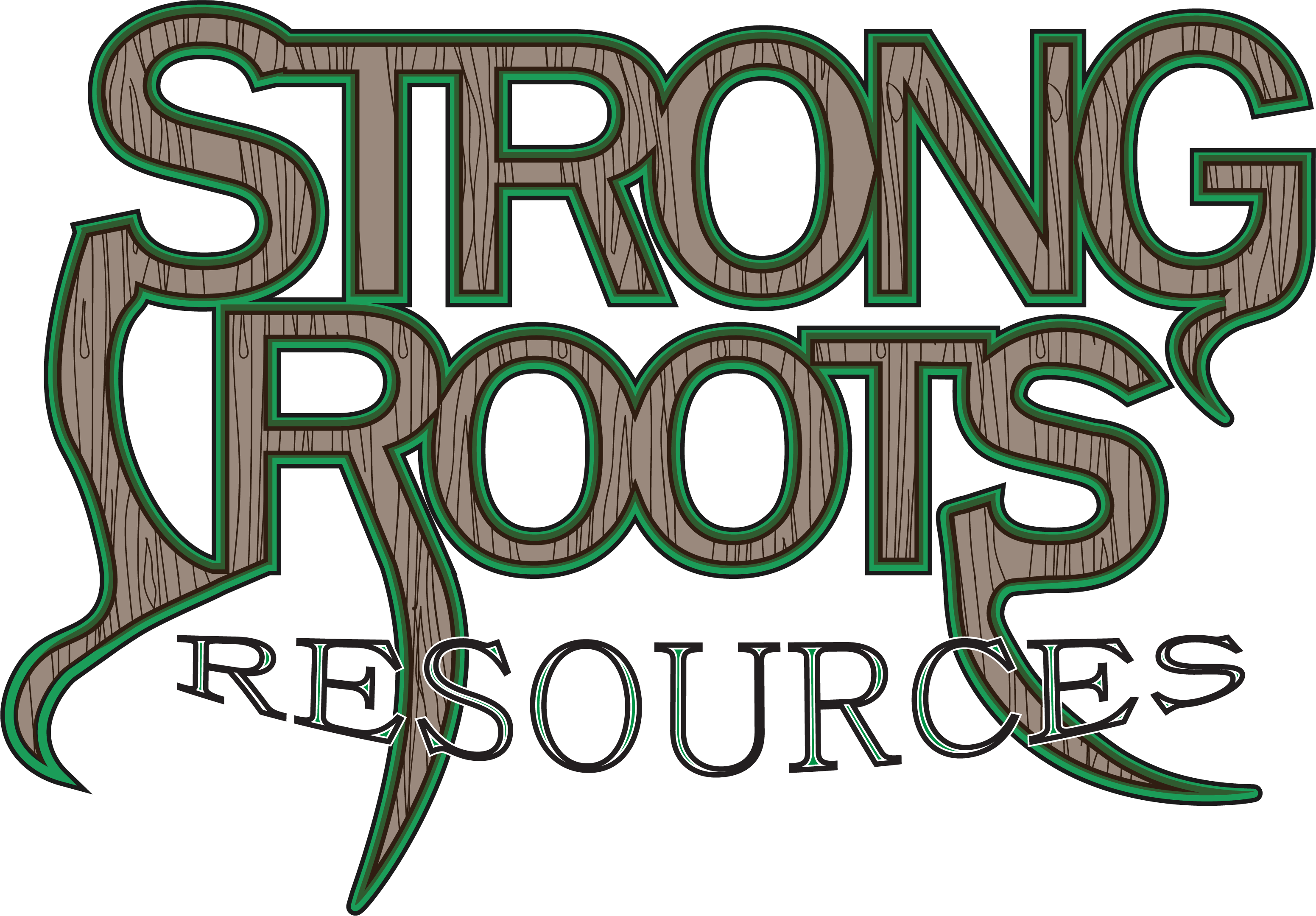Appropriate Technology is Still Relevant
In the 1970s, during a time of political and economical turmoil, many people began researching ways to manage the challenges of the time by applying small scale solutions to local problems. While firms, governments and large entities were trying to enact sweeping, top down changes to address the issues of high oil prices, concerns about ecological damage and such, it was small groups such as the Farallones Institute and the New Alchemy Institute that put theory into practice in truly remarkable ways. I have always been more driven to find small, incremental methods to solve problems and when I started finding this research from the 70s, it was a welcome kick in the pants to take on these projects. Ironically it was modern tech, such as the recommendations function through Amazon that connected me with this research. I’ve always enjoyed and collected books about farming and country life that focus…
Soil Improvement for the Mildly Motivated
Understanding and improving your soil is beneficial to having a successful garden. You may encounter any number of varieties on your own land: sandy, clay-based, loamy (nice!) hardpan (that’s when your shovel bounces off and winds up in your neighbor’s yard) or silty (near creek and river beds.) These types may not be consistent throughout your property as well. If you’d like assistance assessing your soil, your local Soil Conservation District or Extension service ought to be able to help you. But if you’re inclined towards the DIY approach, here’s what I did: When we bought our land, it was pretty obvious that most of the yard had been used as a place to park cars. The yard was compacted throughout and any place I tried to dig I encountered dense clay with rock. The shovel wouldn’t penetrate more than a couple of inches. My first garden performed poorly. Even…
Raised Beds for Anyone!
Here’s a simple method to building a raised bed that you can accomplish in a weekend or less. Materials: wood (treated or untreated/salvaged/whatever suits you) Decent dimensions are 2×6 planks for depth and having something that’ll hold up for a few years. Stakes. You can make them or buy packs at the big orange store for a few bucks. Cardboard or lots of newsprint. No glossy. No tape. Screws. Self driving makes things easier. Once you’ve sited where you’d like your garden and determined your bed sizes (I recommend no wider than four feet and six to eight feet is a decent length.) If you opt for four feet, make sure you can reach it from all sides. The idea is to never step into this bed and compact the soil. If your soil seems pretty dead (only a few worms, compacted, etc, throw down some laying hen feed or…
Our Mission Statement
Strong Roots Resources is a business built around teaching the concepts of modern home economics in order to help others build resilience into their lives. We use a variety of permaculture techniques, waste stream redirection and frugal planning to demonstrate how to turn a standard consumer-oriented home into a place of food production, creativity and harmony. Our focus is helping our neighbors assess and understand the potential of their property, no matter how small, in terms of growing food, reducing energy use and fostering independence. These skills can be learned and applied regardless of economic status. We share this knowledge and skill set following our own 13 year (and on going) experience with small scale homesteading in an urban area. We speak from a place of humility, acknowledging a gradual learning curve and small successes that have built upon themselves. We have found that a change towards this type of…
